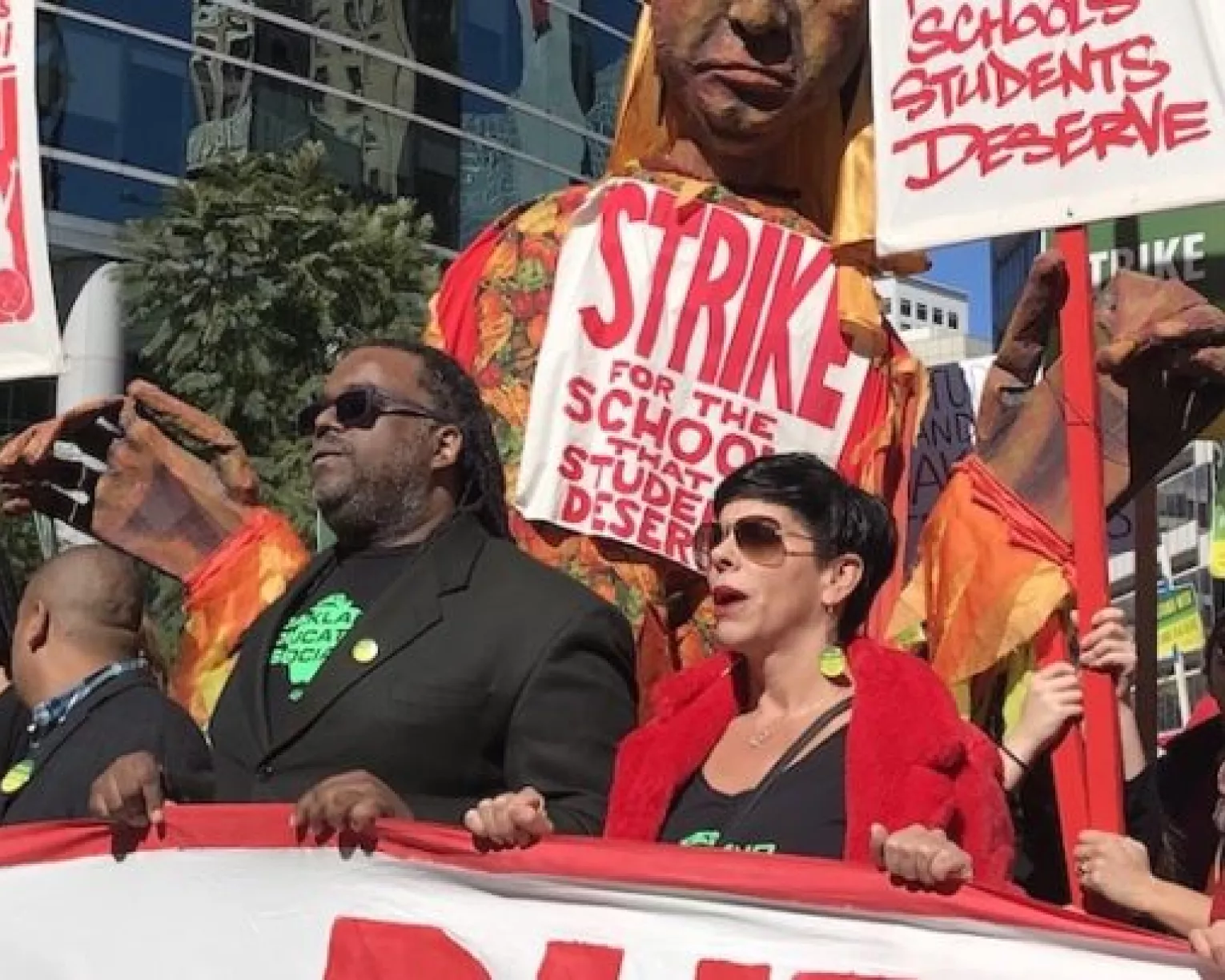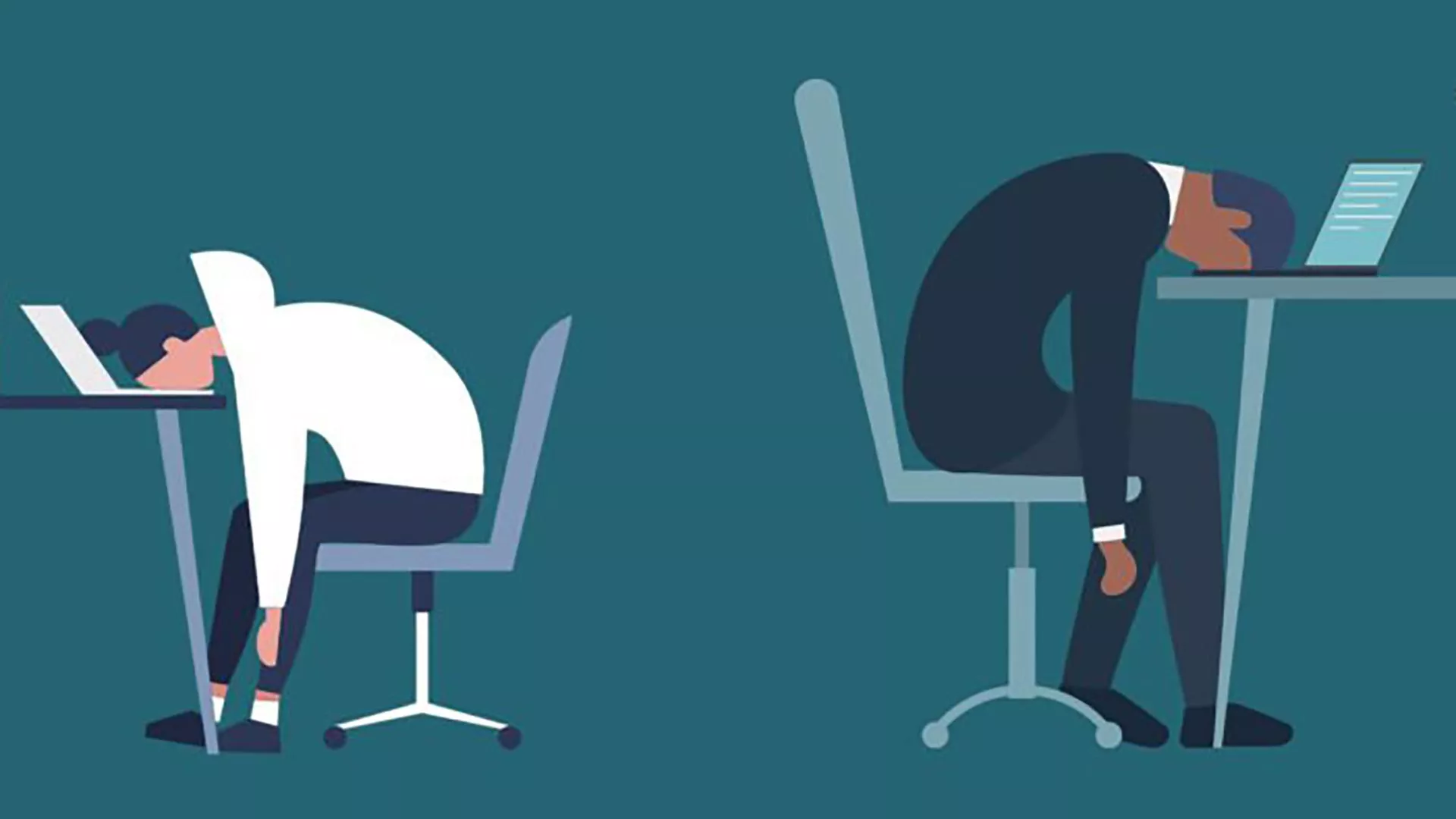In Wendy Turner's class, social and emotional learning (SEL) comes first. "SEL is the foundation, the heartbeat of the classroom," she says. "It's about connecting everybody and making them feel safe and secure before you get to the academics."
The shift to full-time online learning in the wake of the coronavirus pandemic has brought change and challenges to her second-grade classroom but hasn't shaken SEL's standing.
"This virus has stolen our kids' school experience for the rest of the year potentially and we're not sure what comes next," says Turner. "They miss their friends and their teachers, the feeling of being together and connected."
"So we have to work on relationship skills and how to talk to each other the right way. It's more important than ever right now."
Turner, who teaches in Wilmington, Delaware, is a self-described "warrior" of social emotional learning. The 2017 Delaware Teacher of the Year and an NEA Foundation Global Learning Fellow, she embeds SEL in all aspects of her teaching.
Many educators, however, are keenly and understandably focused on "getting the academics right" with online learning. With their classrooms, student relationships, and support systems upended by the school closures, social-emotional learning may not be a priority.
No one was really ready for this upheaval, says Christina Cipriano, Director of Research at the Yale Center for Emotional Intelligence (YCEI).
"It’s a daunting reality, no question, but the worst thing we can do for our teachers, students, and families is de-prioritize SEL during the pandemic," she explains. "It is next-to-impossible to expect teaching and learning to occur in a crisis without attending to our emotions."
Community, Connections, Relationships
The Collaborative for Academic, Social, and Emotional Learning (CASEL), defines SEL as “how children and adults learn to understand and manage emotions, set goals, show empathy for others, establish positive relationships, and make responsible decisions." CASEL's framework identifies five core competencies: self-awareness, self-management, social awareness, relationship skills, and responsible decision-making.
As more attention is paid to "educating the whole child," SEL practices have been embedded in a growing number of classrooms across the country. Educators are aware that these skills play a critical role in determining how well-equipped children will be to meet the demands of the classroom. The research is clear: SEL is key to successful student performance, especially in preschool and elementary school.
Lindsey Jensen, however, is frustrated by what she sees as a myopic focus on academics. Over the past month, Jensen, a high school teacher in Dwight, Illinois, and 2019 state teacher of the year, has participated in countless Zoom meetings with colleagues and school leaders. The topic of emotional and trauma support for students has barely registered.
"We have to take into consideration the fact that so many of our students are experiencing trauma at this moment," she says. "If we neglect to include SEL as a significant part of the conversations that we are currently having, we will not be equipped to meet the nuanced needs of all of our students in the future."
The foundation of Jensen's classroom are relationships, a commitment that doesn't deprioritize content expertise, methodology, and pedagogy, and classroom management. She just believes that supporting her students emotionally is integral to teaching and learning.
"This doesn't change as a result of COVID-19," Jensen adds. "My role and my responsibility as an educator is the same. I want to create a safe space for students to talk through their fears and apprehensions. We just happen to be doing so virtually."
Since the transition to online learning, Jensen uses virtual spaces to check-in with all of her seniors. Every Friday at noon, they ask each other open-ended questions about their well-being to ensure that everyone is coping (one ground rule: no talking about academics). Many are struggling, Jensen says, and need this time to work through the anxiety and loss they are experiencing.
“What currently keeps me up at night is the thought that too many students are living in abuse and neglect. What keeps me up at night is the thought of our LGBTQ+ students who are living in homes where they aren’t accepted for who they are. What keeps me up at night are our students who don’t have access to basic needs, such as food.” — Lindsey Jensen, teacher
Prior to her school closing, Wendy Turner would start each class with her students with morning meetings and community circles. In an online environment, she uses discussion board to pose daily questions to her second-graders. How are you feeling today? What emotions are you experiencing right now? What can you do to make the day better?
"The focus, as always, is connection, community, and relationships. After, you can move over to the math assignment," she says. This week, Turner and her team used poetry writing activities to help the students share their fears and anxieties over the coronavirus.
"Lets not ignore what is happening around us. We shouldn't pretend it's not here. It's important to normalize emotions, and give students creative ways to have an outlet, as well as stay connected," Turner explains.
Carrying familiar routines over to an online environment, adds Cipriano, will be comforting to students,
"Practices such as check-ins, circles, greetings, and sharings, will help to create a sense of security and routine for your students in a space that may feel new and scary."
Facing the Ups and Downs
Social and emotional support doesn't - and shouldn't - stop with students.
"We miss our students beyond measure," Jensen says. "This undoubtedly takes a toll on our emotional and mental health. I don’t know that I’ve ever felt more helpless than I do in this moment."
School buildings can be stressful places, but they are also places where educators have built strong relationships. Being in school each day can be a big comfort, and educators don't have that right now, says Turner.
"Staff connection, empathy, and support is just as important as what we need to do for our students in this crisis," she says.
As the coronavirus closed schools throughout March, Cipriano and her colleagues at YCEI and CASEL launched a survey via a webinar to take the pulse of educators' emotional health.
In just over three days, more than 5,000 educators responded, reporting being anxious, fearful, worried, overwhelmed, and sad.
 (Courtesy of the Collaborative for Academic, Social, and Emotional Learning)
(Courtesy of the Collaborative for Academic, Social, and Emotional Learning)
"Educators are pulled in a tremendous amount of directions. They're expected to provide this top-level educational experience with varying levels of support with different levels of experience," Cipriano says. "Add to this the outrageous stress about what is going on in the world right now."
One educator who filled out the survey commented: "There is this huge dissonance right now between the messages such as ‘be well’ and ‘take care of yourself’ at the end of emails, and ‘in this time of uncertainty.’ Yet we have to partake in multiple seminars, read links related to online instruction, legal requirements in special ed, due process, timelines, etc. Everyone needs to be reminded again about how the brain works.”
YCEI will be conducting more formal data collections as it designs additional SEL supports for educators during the COVID-19 crisis.
Fortunately, the importance of educator self-care has gained more traction over the past few years. More resources and tools - largely unavailable when Wendy Turner started her teaching career 10 years ago - have become available to help educators address their own anxiety and trauma.
"We're finally hearing from school leaders that this is something we must do - we have to take care of ourselves," Turner says.
"As educators, we're facing days with a lot of ups and downs. So stay connected whatever way works for you. Don't be afraid to ask questions and find peer groups. If you're struggling pause, breathe, rest, and maybe try the next day. We're all in the same situation."



